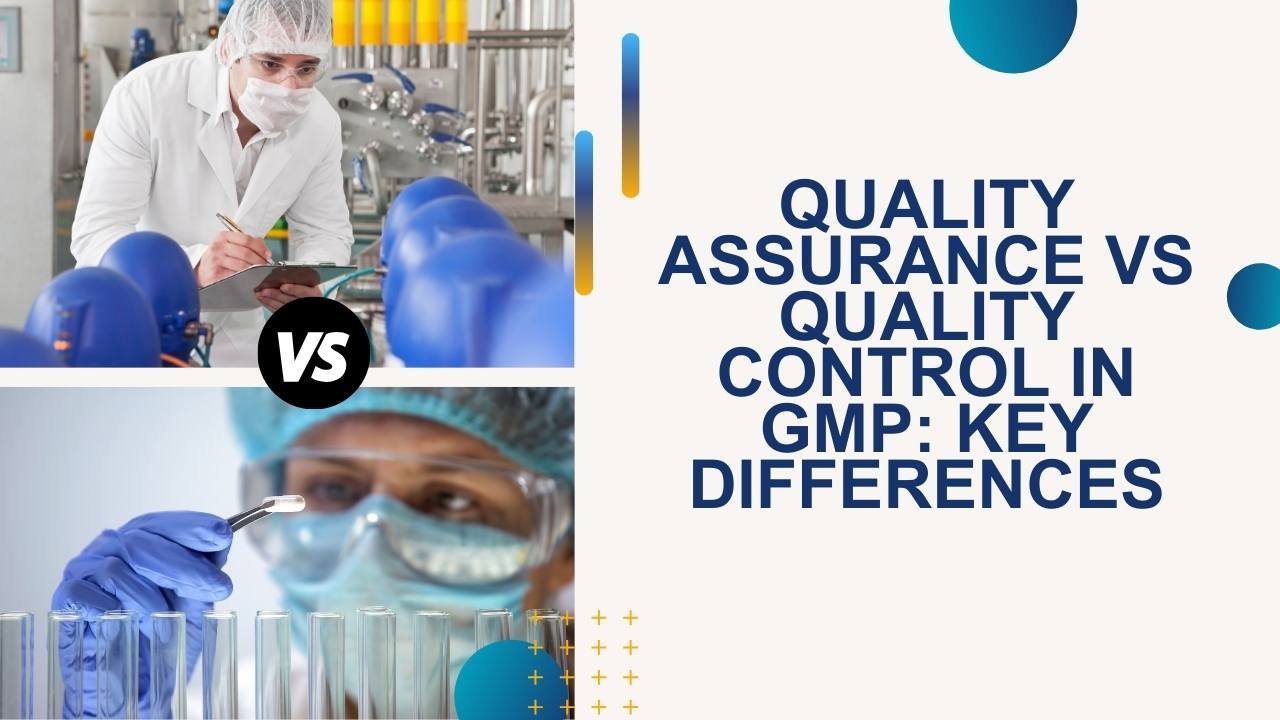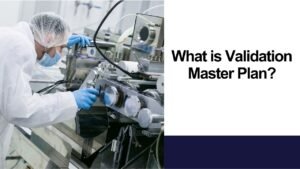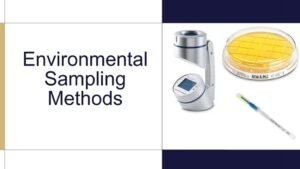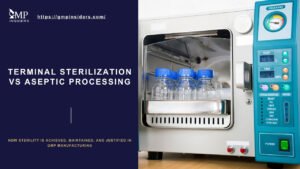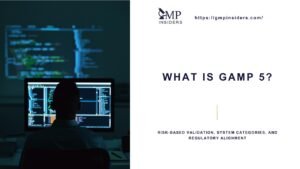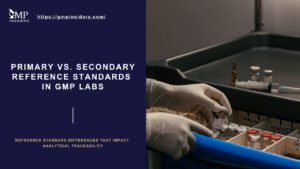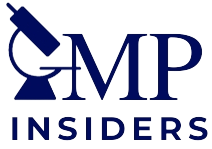In the highly regulated pharmaceutical industry, ensuring the quality, safety, and efficacy of products is of utmost importance. This is where Quality Assurance (QA) and Quality Control (QC) come into play. Both QA and QC processes are integral parts of Good Manufacturing Practice (GMP), which sets the standards for pharmaceutical manufacturing.
QA focuses on establishing and maintaining a robust quality management system to prevent defects and deviations from occurring during the manufacturing process. This process is proactive in nature, aiming to prevent issues before they arise and ensure that the product meets the specified quality requirements.
On the other hand, QC is responsible for testing and inspecting the products to verify their compliance with established quality standards. It is a reactive process that deals with detecting and addressing any deviations or defects that may arise in the lifecycle of a pharmaceutical product.
Understanding the differences between QA and QC is crucial for pharmaceutical companies to manage their quality processes and meet regulatory requirements effectively. Let’s delve deeper into the concepts of QA and QC and explore their differences.
Quality Assurance: Ensuring Compliance and Quality
Quality Assurance (QA) is a comprehensive set of activities and processes focused on providing confidence that the quality requirements of a product will be fulfilled. It encompasses all aspects of product development and manufacturing, starting from raw material control to process validation and final product release. The primary objective of QA is to ensure that the product meets the desired quality standards and complies with regulatory requirements.
Key Elements of Quality Assurance in GMP
In the pharmaceutical industry, QA plays a crucial role in maintaining the integrity and quality of products. Here are some key elements of QA in GMP:
Documentation and Standard Operating Procedures (SOPs)
QA involves the creation and maintenance of detailed documentation, including Standard Operating Procedures (SOPs), protocols, and guidelines. These documents outline the specific steps and processes to be followed during manufacturing, testing, and quality control activities. SOPs ensure consistency, traceability, and reproducibility of processes, minimizing the risk of errors and deviations.
Audits and Inspections
QA includes regular internal and external audits and inspections to assess compliance with regulatory requirements and internal quality standards. Audits can identify potential gaps or areas for improvement in the quality management system, allowing companies to take corrective actions and prevent non-compliance issues.
Risk Assessment and Management
QA involves the identification and assessment of potential risks throughout the manufacturing process. Risk management strategies are developed to mitigate these risks and ensure product quality and safety. This may include implementing preventive measures, such as process controls, equipment validation, and supplier qualification programs.
Personnel Training and Qualification
QA ensures that all personnel involved in the manufacturing process receive adequate training and are qualified to perform their assigned tasks. Training programs cover topics such as GMP principles, quality control procedures, and documentation practices. Continuous education and training help maintain a knowledgeable and skilled workforce, contributing to the overall quality of the products.
Quality Control: Verifying Product Quality
Quality Control (QC) encompasses the operational techniques and activities used to verify that a product meets the specified quality requirements. It involves the sampling, testing, and inspection of products to ensure that they conform to the established quality standards. QC is also committed to identifying any deviations or defects in the product and taking appropriate corrective and preventive actions to maintain product quality.
Key Elements of Quality Control in GMP
In the pharmaceutical industry, QC is essential for verifying the quality, safety, and efficacy of products. Here are some key elements of QC in GMP:
Sampling and Testing Protocols
QC involves the development and implementation of sampling and testing protocols to assess the quality of raw materials, in-process materials, and finished products. Sampling plans define the number of samples to be taken from each batch, while testing protocols outline the specific tests and analyses to be performed. These protocols ensure that products meet the predetermined specifications and comply with regulatory requirements.
Laboratory Testing and Analysis
QC relies on laboratory testing and analysis to evaluate the physical, chemical, and microbiological properties of pharmaceutical products. This includes testing for attributes such as potency, purity, dissolution rate, impurities, particle size distribution, and microbial contamination. Sophisticated analytical techniques and equipment are used to ensure accurate and reliable results.
Statistical Process Control
QC employs statistical process control (SPC) techniques to monitor and control the manufacturing process. SPC involves the collection and analysis of data to detect any variations or trends that may indicate a deviation from the desired quality standards. By identifying and addressing these variations in real time, QC helps maintain product consistency and minimize the risk of defects.
Documentation and Record-Keeping
QC requires comprehensive documentation and record-keeping to track and trace the testing and inspection activities performed on each batch of products. This documentation serves as evidence of compliance with quality standards and provides a historical record for future reference and audits.
QA vs QC: Understanding the Key Differences

While QA and QC share the common goal of ensuring product quality, they represent distinct processes with different focuses and approaches. Understanding the differences between QA and QC is essential for effective quality management in the pharmaceutical industry. Let’s explore the key differences between QA and QC:
Proactive vs Reactive Approach
QA takes a proactive approach by focusing on preventing defects and deviations from occurring in the first place. It establishes robust quality management systems, procedures, and processes to minimize the risk of quality issues. QA activities, such as risk assessment, process validation, and personnel training, are designed to prevent quality problems before they arise.
On the other hand, QC takes a reactive approach by focusing on detecting and addressing deviations and defects after they have occurred. QC involves testing, sampling, and inspection activities to identify any non-conformities and ensure that the products meet the established quality standards. QC activities, such as laboratory testing and statistical process control, help verify the quality of the finished products.
Process vs Product Focus
QA is process-oriented, focusing on establishing and maintaining robust processes and procedures to ensure consistent product quality. It involves the development of standard operating procedures (SOPs), documentation, and validation protocols. QA activities address all aspects of product development and manufacturing, from raw materials control to process validation and final product release.
On the other hand, QC is product-oriented, focusing on verifying the quality of the finished products. It involves sampling, testing, and inspection activities to ensure that the products meet the predetermined specifications.
System vs Parts Perspective
QA takes a system perspective, encompassing all aspects of the quality management system. It involves the establishment of standards, protocols, and procedures to ensure compliance with regulatory requirements and industry best practices. QA focuses on managing the entire quality management system, including personnel training, documentation, audits, and risk assessment.
QC, on the other hand, takes a parts perspective, primarily focusing on the verification of individual products or batches. QC activities are carried out by dedicated personnel who specialize in testing and inspection.
Creation vs Verification of Standards
QA is responsible for the creation and establishment of quality standards, procedures, and protocols. It involves developing and documenting processes that ensure consistent product quality. QA ensures that all personnel involved in the manufacturing process are trained and qualified to perform their tasks.
On the other hand, QC is responsible for the verification and enforcement of the established quality standards. It involves testing, sampling, and inspection activities to ensure that the products meet the specified requirements. QC activities focus on verifying the quality of the finished products through laboratory testing, statistical analysis, and inspection protocols.
Entire Team vs Dedicated Personnel Responsibility
QA is a team effort that involves the entire organization. It is the responsibility of every individual involved in the manufacturing process to adhere to the established quality standards and procedures. QA activities require collaboration, communication, and a shared commitment to quality throughout the organization. Each individual’s contribution to the QA process is crucial for ensuring consistent product quality.
QC, on the other hand, is typically the responsibility of dedicated personnel who specialize in testing and inspection. These individuals are trained and qualified to perform QC activities, including laboratory testing, sampling, and inspection protocols. QC personnel work closely with QA teams to verify the quality of the finished products and provide feedback on any deviations or defects.
The Relationship Between QA and QC in GMP

While QA and QC are distinct processes, they are closely intertwined and complement each other within the GMP framework. The relationship between QA and QC is crucial for maintaining product quality and ensuring compliance with regulatory requirements. Let’s explore how QA and QC work together:
Integration and Collaboration
QA and QC processes are integrated into the overall quality management system of a pharmaceutical company. QA establishes the standards, procedures, and protocols to be followed during manufacturing, testing, and quality control activities. QC, in turn, verifies the compliance of the products with these established standards. The collaboration between QA and QC ensures that the products meet the required quality specifications and regulatory requirements.
Effective communication and collaboration between QA and QC teams are essential for ensuring consistent product quality. QA provides guidance and instructions to QC personnel, ensuring that the testing and inspection activities are aligned with the established quality standards. Regular feedback and information exchange between QA and QC teams help identify areas for improvement, address any quality issues, and drive continuous improvement.
Continuous Improvement and Feedback Loop
QA and QC processes contribute to the continuous improvement of product quality and manufacturing processes. QC activities provide valuable data and insights into the performance of the manufacturing processes and the quality of the products. This feedback loop helps identify any deviations, defects, or areas for improvement, which can then be addressed through appropriate corrective and preventive actions.
QA utilizes the feedback from QC activities to drive process improvements, update standard operating procedures, and enhance the overall quality management system. By analyzing the data collected through QC activities, QA teams can identify trends, patterns, and potential risks, enabling them to take preventive measures and optimize the manufacturing processes.
The integration and collaboration between QA and QC create a continuous improvement cycle where quality issues are identified, addressed, and prevented in an iterative manner. This ensures that the products consistently meet the desired quality standards, comply with regulatory requirements, and exceed customer expectations.
QA and QC in GMP: Key Aspects and Best Practices
Several key aspects and best practices should be considered to implement QA and QC processes in the pharmaceutical industry effectively. These practices aim to ensure compliance with regulatory requirements, maintain product quality, and drive continuous improvement.
Personnel Training and Qualification
Personnel involved in the process should receive comprehensive training and education on GMP principles, quality control procedures, and documentation practices. Training programs should cover topics such as SOPs, risk assessment, change control, and validation protocols. Ongoing training and qualification programs help maintain a skilled and knowledgeable workforce, ensuring that all personnel understand their roles and responsibilities in ensuring product quality.
Documented Procedures and Standard Operating Practices
QA and QC activities should be supported by well-documented procedures and standard operating practices. SOPs provide step-by-step instructions for various processes, ensuring consistency, traceability, and reproducibility. These documents should be regularly reviewed, updated, and communicated to all relevant personnel. Clear documentation helps minimize errors, deviations, and non-conformities, ensuring that products meet the required quality standards.
Testing and Sampling Protocols
QC activities involve testing and sampling of products to verify their compliance with quality standards. Testing protocols should be well-defined, specifying the tests to be performed, the sampling methods, and the acceptance criteria. Sampling plans should outline the number of samples to be taken from each batch, ensuring representative sampling. These protocols should be based on recognized standards and validated methods to ensure accurate and reliable results.
Risk Assessment and Management
QA and QC processes should incorporate risk assessment and management strategies to identify and mitigate potential risks to product quality. Risk assessment involves identifying and evaluating potential risks throughout the manufacturing process, such as raw material quality issues, equipment failures, or human errors.
Risk management strategies should be developed to minimize these risks and ensure product quality and safety. This may include implementing preventive measures, conducting regular audits and inspections, and establishing robust change control procedures.
By adhering to these key aspects and best practices, pharmaceutical companies can establish effective QA and QC processes that ensure product quality, compliance with regulatory requirements, and customer satisfaction.
Benefits of Effective QA and QC in GMP
Effective QA and QC processes offer numerous benefits for pharmaceutical companies. Let’s explore some of these benefits:
Ensuring Product Safety and Efficacy
QA and QC processes are crucial for ensuring the safety and efficacy of pharmaceutical products. By implementing robust quality management systems and conducting thorough testing and inspections, companies can verify that their products meet the required quality standards and are safe for use. This helps protect patients’ health and well-being and prevents potential harm or adverse effects.
Building Customer Trust and Satisfaction
QA and QC processes contribute to customer trust and satisfaction by ensuring consistent product quality. By delivering products that meet the specified quality requirements, companies can build a reputation for reliability and customer satisfaction. Customers can have confidence in the safety, efficacy, and reliability of the products, leading to increased trust and loyalty.
Minimizing Risks and Costly Recalls
Effective QA and QC processes help minimize the risks of product defects, non-compliance, and costly recalls. By implementing preventive measures, conducting rigorous testing and inspections, and continuously monitoring the manufacturing processes, companies can identify and address quality issues before they escalate. This reduces the likelihood of product recalls, which can be financially burdensome and damaging to the company’s reputation.
Promoting Continuous Improvement and Innovation
QA and QC processes drive continuous improvement and innovation in the pharmaceutical industry. By analyzing data collected through QC activities, companies can identify areas for improvement, optimize manufacturing processes, and enhance product quality. This fosters a culture of continuous improvement and innovation, ensuring that companies stay competitive in a rapidly evolving industry.
FAQ: QA vs QC
Quality Assurance is a proactive process that focuses on preventing defects in products and ensuring quality in the manufacturing process. Quality Control, on the other hand, is a reactive process that involves testing and inspection to identify defects in finished products.
In GMP, both QA and QC are essential. While they have distinct roles, they work in tandem to ensure product quality and regulatory compliance. Neglecting either aspect can compromise the overall quality of the product.
Documentation is vital in both QA and QC as it provides a traceable record of all procedures, tests, and actions taken. It ensures transparency and accountability and facilitates regulatory audits.
No, QA and QC processes are dynamic and evolve with changes in technology, regulations, and industry best practices. Continuous improvement is a key principle in GMP.
Yes, advancements in technology can significantly enhance QA and QC processes. Automation, data analytics, eQMS, and sophisticated testing equipment can improve efficiency, accuracy, and reliability.
Conclusion: The Crucial Role of QA and QC in GMP
QA and QC processes are integral components of GMP for ensuring product quality, compliance with regulatory requirements, and customer satisfaction in the pharmaceutical industry. Understanding the differences between QA and QC is crucial for effective quality management and continuous improvement.
While QA focuses on preventing quality issues and establishing robust quality management systems, QC verifies the compliance of products with established standards through testing and inspections.
By implementing robust and effective QA and QC processes, pharmaceutical companies can minimize risks, ensure product safety and efficacy, and maintain regulatory compliance. Continuous improvement, collaboration, and technological advancements drive innovation and competitiveness in the pharmaceutical industry.

